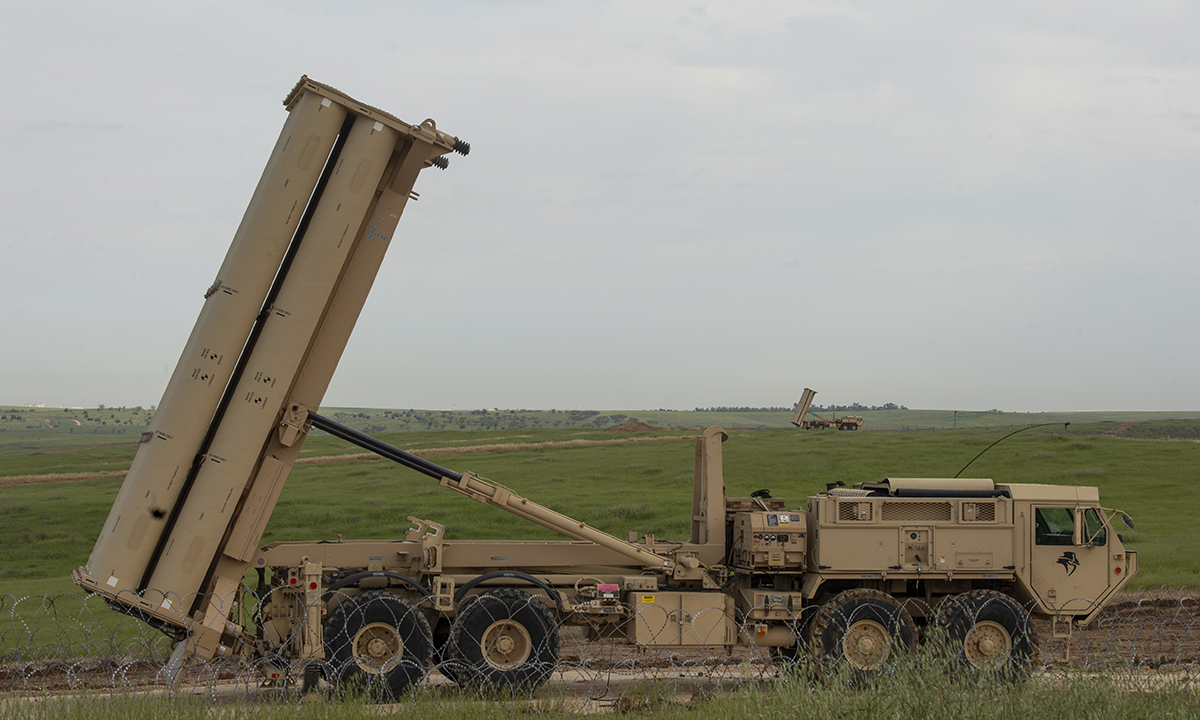The Wall Street Journal reported on 25/7 that the US military's Terminal High Altitude Area Defense (THAAD) system fired over 150 missiles in response to Iranian ballistic missile attacks on Israel last month. This amount represents one-fourth of the total THAAD missiles the Pentagon has ordered.
This figure is significantly higher than the 60-80 missile estimate made by military experts based on open-source data. A complete THAAD system is equipped with 48 ready-to-launch missiles, meaning the US battery deployed in Israel expended more than three times its standard missile load during the conflict.
The demand for THAAD missiles was so high that the Pentagon reportedly considered taking missiles ordered by Saudi Arabia for use in Israel. "This discussion was highly sensitive, as cities and oil facilities in Saudi Arabia were also considered at risk of attack during the Iran-Israel conflict," a US official stated.
Budget reports from the Missile Defense Agency (MDA) show each THAAD missile costs $12-15 million, depending on the production batch. In fiscal year 2025, the US only produced 12 THAAD missiles. The MDA's draft budget for fiscal year 2026 aims to produce 32 missiles.
This means the number of THAAD missiles fired by the US military to protect Israel during the 12-day conflict could cost between $1.8 and $2.2 billion, and it could take Washington years to replenish its depleted stock.
A US official previously stated that US warships fired interceptors "at an alarming rate" during the conflict, using approximately 80 SM-3 missiles. Each SM-3 missile costs between $12.5 and $37 million, depending on the version. The SM-3 missiles used could be worth between $1 and $3 billion.
 |
A US THAAD battery in Israel in 3/2019. Photo: US Army |
On 13/6, Israel launched Operation Chariots of Fire, targeting Iranian nuclear facilities, critical infrastructure, military bases, and officials and nuclear experts. Iran retaliated with Operation True Promise 3, launching numerous unmanned aerial vehicles (UAVs) and missiles at Israel.
The Israel Defense Forces (IDF) acknowledged that 36 Iranian missiles penetrated their and the US's multi-layered air defenses, causing significant damage. However, researchers at Oregon State University published an analysis on 7/7 suggesting the actual number could be higher, with six unreported missiles hitting five key Israeli military bases.
On 22/6, the US deployed B-2 bombers and warships to attack Iran's Natanz, Fordow, and Isfahan nuclear facilities. Tehran retaliated by firing missiles at a US base in Qatar, destroying a $15 million radar dome. Two days later, the Iran-Israel conflict ended with a US-brokered ceasefire.
The 12 days of fighting resulted in over 900 deaths and more than 4,700 injuries in Iran. Israeli officials also reported 28 deaths and over 2,500 injuries due to the conflict.
Nguyen Tien (According to War Zone, AFP, AP)












